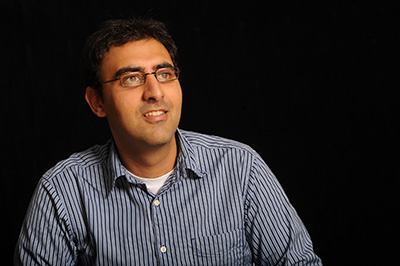
Hometown, Country:
Munich, Germany
Academic history prior to coming to MIT:
Diplom (M.Sc.) in physics from the Technical University of Munich
What brought you to MIT?
I have always been interested in superconductivity. During my undergraduate studies I met Dr. S. Harrer, who proposed that I have a closer look at Prof. Berggren’s research group at MIT (quantum.mit.edu). I was instantly fascinated with Prof. Berggren’s research on superconducting devices and joined his group as a visiting student for a year. During that year I was impressed by the large density of world-class research groups at RLE and decided to apply for the EECS PhD program.
What problem are you trying to solve with your current research and what are some possible applications?
My research focuses on superconducting detectors (SNSPDs), which can detect low-power light signals from in a broad spectral range from UV to the mid-infrared. Due to their high speed and sensitivity these detectors are an emerging technology for optical telecommunication. In order to enable high-speed and secure optical communication I am working on integration of SNSPDs with photonic structures, an exciting project in collaboration with Prof. Englund’s Quantum Photonics Laboratory (qplab.mit.edu). Our integration efforts are aiming at designing compact telecommunication chips. Another part of my research is the study of the fundamental physics of SNSPDs in order to push the current boundaries of performance for these devices, especially detection speed and timing resolution.
What interests you most about your research?
My projects have given me the unique opportunity to combine knowledge from several fields of research such as nanofabrication, nanophotonics and superconductivity.
What are your future plans?
Academic or industry research
